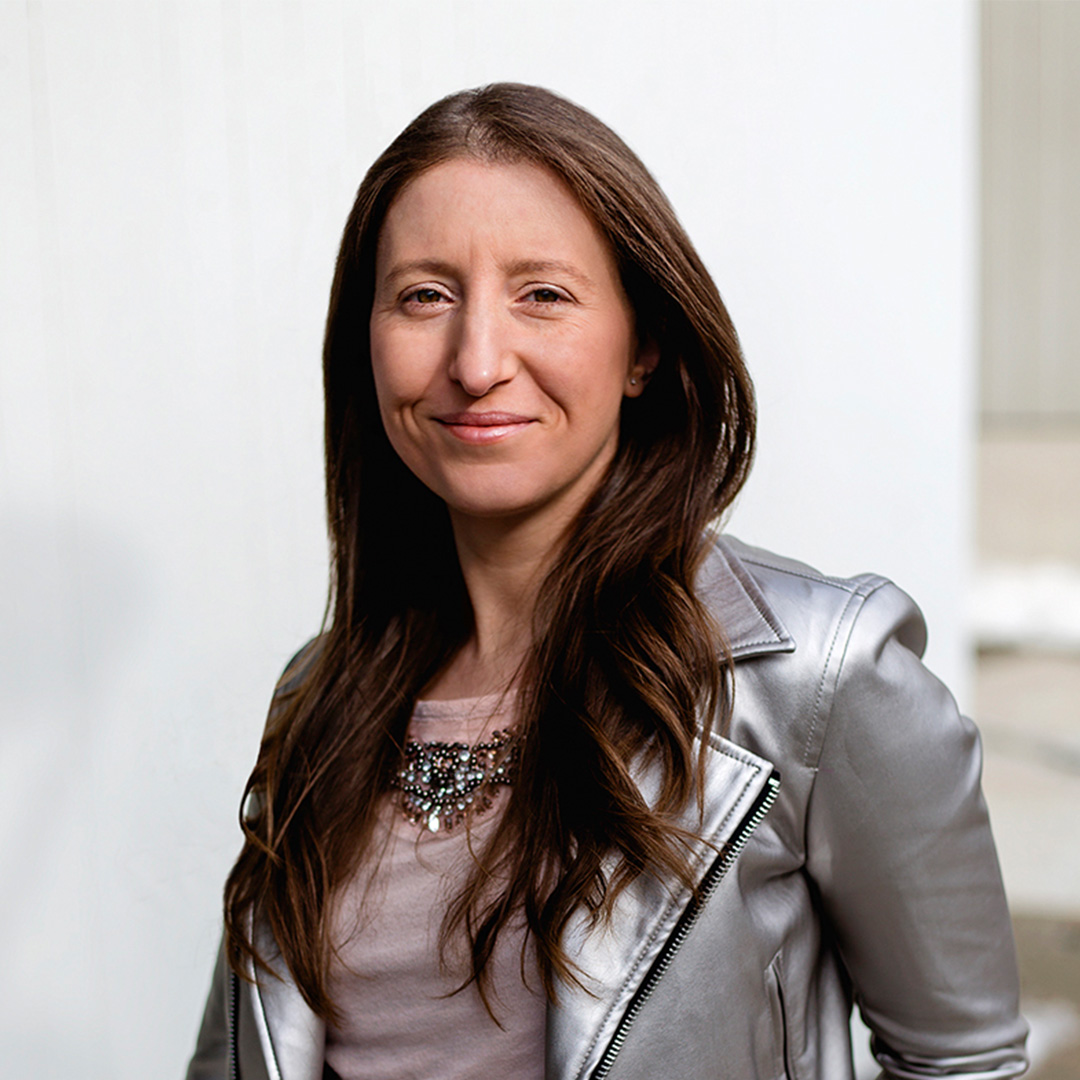The ECS Nanocarbons Division is extremely proud to have a special guest speaker at their upcoming Nanocarbons Reception, on Wednesday, May 31, from 1830-2030h ET in Back Bay Ballroom D of the Sheraton Boston Hotel during the 243rd ECS Meeting. Renowned science writer and editor Maia Weinstock will discuss her recent biography of Mildred Dresselhaus, Carbon Queen: The Remarkable Life of Nanoscience Pioneer Mildred Dresselhaus.
Get your tickets for the Nanocarbons Division Reception today!
Register Now
Dr. Weinstock answers questions from ECS in anticipation of the reception.
How did you come to admire Mildred Dresselhaus?
“I first heard about Millie when I was a science reporter and fact-checker at Discover magazine. In 2002, the editors selected 50 women they decided were the top women in science at that time. My job was to make sure the information we planned to publish about each was correct. So, I either called or emailed Millie at that time, though I don’t remember anything about our exchange. I really got to know more about her when I joined the MIT News Office as an editor in 2014. I heard her name mentioned rather often, and, of course, we published articles summarizing her work anytime she had a new paper—and she never slowed down on that front. But I really got to know her only after her passing in 2017, when a colleague at the MIT Press asked if I would have interest in writing a book about a woman in science. Millie’s name was one of a handful floated, and I instantly gravitated towards her. I decided I wanted to get to know the inside story of Millie’s contributions to science and engineering as well as how she did all that she did, in science, in the policy arena, in helping to improve the diversity of the STEM professions. So, that’s how the book originated.”
Describe your experiences writing the book
“I was originally thinking I could write Carbon Queen in about a year, but I was completely wrong! Perhaps it could have happened at another time in my life, but it was not to be… Among other things, I had a demanding full-time job and was also just starting to raise a family, which made it hard to find time to squeeze in research and writing—though for a long time, I dedicated every extra vacation day, as well as countless nights and weekends to get the manuscript over the finish line. The start of the COVID-19 pandemic also threw a huge wrench into finishing the book. At that time, I was mostly done but was not finished with the long process of adding citations to the manuscript. From start to finish, it took about four years, plus a year for editing and publishing.”
What has been her impact on women in science, specifically nanocarbons?
“Of course, Millie was my main subject when writing the book, but I tried to infuse her story with mentions of other women in materials science and physics when possible. For example, it was great fun to learn that Millie boarded briefly with Nobel laureate Maria Goeppert Mayer when they were both at the University of Chicago. And while I was only able to mention them in passing, it was interesting to learn about two women associated with nanocarbon Nobel Prizes who are completely unknown to the general public. One is Yuan Liu, who was a grad student and co-author of the paper announcing the discovery of buckyballs, who got very little publicity for it and has faded into history-of-science obscurity. As far as I can tell, she has worked at Oak Ridge National Lab ever since earning her PhD. I would love to speak with her and get her story out there someday, so stay tuned! The other woman is Irina Grigorieva, one of the co-authors on the highly influential 2004 graphene paper in Science that served as a key publication leading to a Nobel for her colleague and husband, Andre Geim. Professor Grigorieva has been a bit more publicly notable—she has her own Wikipedia page, for example—but certainly not with the general public, at least here in the U.S. Of course, in my book, I discuss the hugely important role that Millie’s college professor and mentor Rosalyn Yalow played in her life — she wasn’t in solid state but rather biophysics, yet she went on to win a Nobel in medicine. And Millie’s student Shirley Ann Jackson focused on solid state physics before she moved into government and then academia, retiring last year as the longtime president of the Rensselaer Polytechnic Institute.
Maia Weinstock
Maia Weinstock is Deputy Editorial Director at the Massachusetts’s Institute of Technology. She is a science writer who is also known for her work making custom LEGO minifigures of scientists and engineers. A recurring lecturer at MIT, Weinstock teaches a semester-long course on the history of women in science and engineering.
Consult the 243rd ECS Meeting technical program for more information!
Online Program

